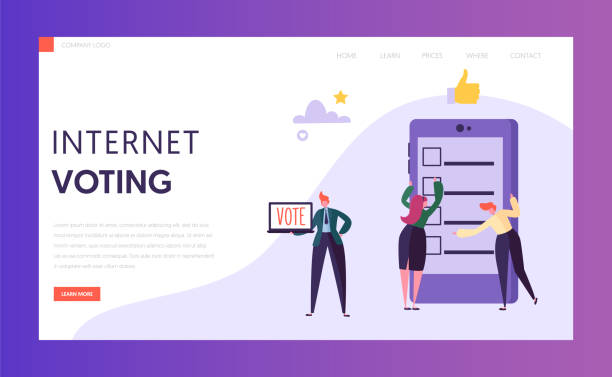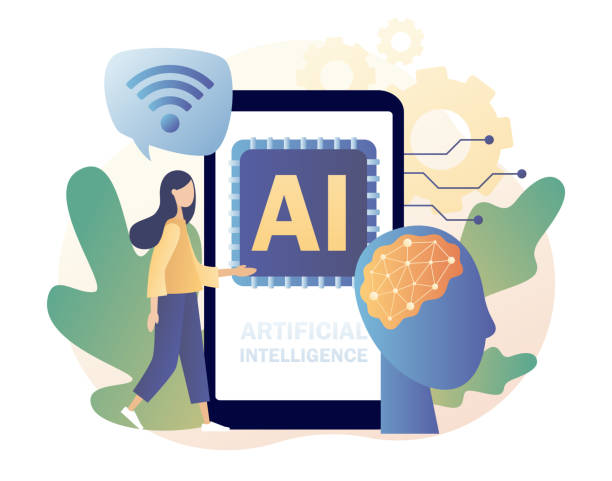An Introduction to the Importance of a Personal Website in the Digital Age
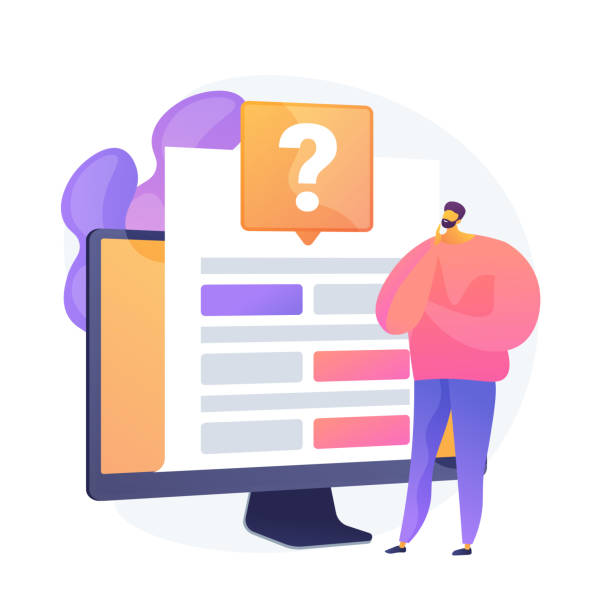
In today’s world, where the pace of technological growth and digital communication is astounding, having a powerful online presence has become more important than ever.
Designing a personal website is not just an option, but for many individuals, including professionals, artists, entrepreneurs, and even students, it has become a necessity.
This digital platform allows you to build your digital identity, showcase your skills and experiences, and connect with a wider audience.
In fact, your personal website is your permanent, 24-hour storefront in the virtual space, giving you complete control over its content and appearance without the limitations of social networks.
This article is a comprehensive and educational guide that will accompany you from initial planning stages to advanced optimization techniques, on the path to creating a personal portal.
Our goal is for you to become familiar with the process of building and enhancing a personal website step-by-step, with an analytical and explanatory view, and to be able to provide a powerful platform for your growth and showcasing your abilities.
Therefore, emphasizing the importance of this tool in shaping digital identity and effective online presence will be the beginning of our discussion.
Your personal website is a unique opportunity to tell your story, display your portfolio, and attract new opportunities.
Losing potential customers due to an unprofessional website? Rasawweb is your answer! With our specialized corporate website design services:
✅ Enhance your business’s credibility and standing
✅ Experience attracting more targeted customers
⚡ Act now to receive a free consultation!
Initial Steps in Planning for Personal Website Design
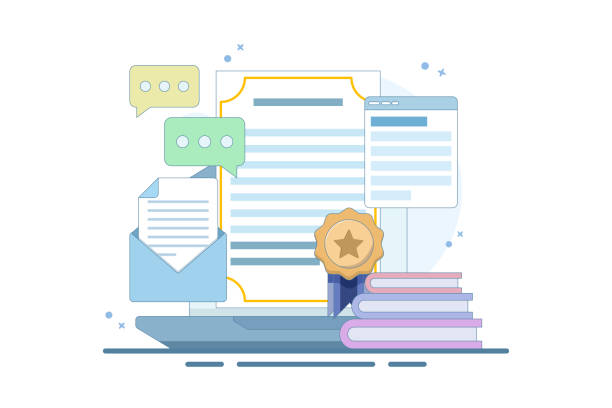
Before diving into the world of coding and selecting templates, the first and most crucial step in the personal website design process is thorough planning.
This stage involves setting goals, identifying your audience, and defining the initial structure of your website.
Is your goal to showcase your portfolio, run a specialized blog, or provide a platform for selling products and services? The answers to these questions will determine the overall direction of your design and content.
Identifying your target audience is also vital; who you are writing for and what needs you are addressing for them will influence the tone, style, and content of your website.
For instance, if your audience consists of students, your tone might be educational and guidance-oriented, whereas for professional audiences, specialized and analytical content is more suitable.
After that, we proceed to define the overall structure of the website; including pages such as “About Me,” “Portfolio,” “Blog,” “Contact Me,” and so on.
This initial roadmap helps you gain a clear overview of what you need to build and prevents future confusion.
These initial steps not only reduce your time and cost but also ensure that your personal website design is built upon a solid strategy.
This is an explanatory and guidance stage that must be performed with great care to provide a strong foundation for your project.
Choosing the Right Platform and Essential Tools for Building a Personal Website
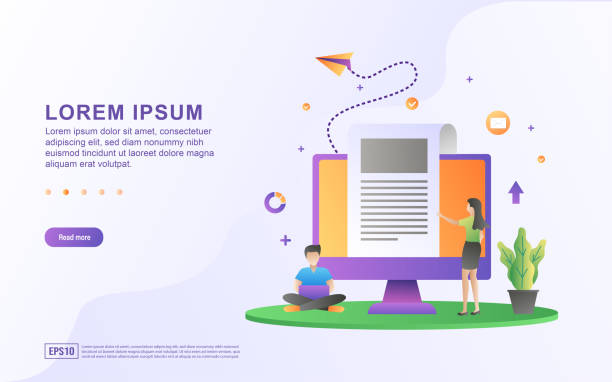
After the initial planning, it’s time to choose the right tools for your personal website design.
This choice depends on your technical knowledge, budget, and the specific needs of your website.
There are two main approaches: using Content Management Systems (CMS) like WordPress and Joomla, or building the website from scratch with code.
WordPress, as the world’s most popular CMS, offers high flexibility, thousands of themes and plugins, and a vast user community, making it an excellent choice for most users.
Website builder platforms like Squarespace and Wix are also user-friendly options that require no coding knowledge and are suitable for quick starts.
Choosing a specialized platform that meets your needs is very important.
For example, if you plan to start a professional blog, WordPress is the best choice, but if you are looking for a portfolio website with stunning visual design and low maintenance, Squarespace could be ideal.
Below, a table comparing some popular platforms is provided to help you with this important decision.
Content Management Systems (CMS), especially WordPress, are powerful options for building an individual website.
| Platform | Advantages | Disadvantages | Suitable for |
|---|---|---|---|
| WordPress (WordPress.org) | High flexibility, thousands of plugins and themes, large user community, strong SEO capabilities | Requires hosting and maintenance, slightly steep learning curve, security needs attention | Bloggers, small businesses, anyone who needs full control |
| Squarespace | Beautiful and professional designs, ease of use, includes hosting and support, built-in security | Less flexibility in customization, monthly subscription cost, platform dependency | Artists, designers, photographers, portfolio websites |
| Wix | Easy drag-and-drop interface, hundreds of ready-made templates, numerous built-in tools | Difficulty changing templates after starting, SEO can be challenging, ads on free version | Small businesses, simple personal websites, beginners |
Choosing the right platform for creating a personal portal plays a fundamental role in your website’s success.
This is a specialized decision that must be made with full awareness.
The Importance of Visual Design and User Experience (UX/UI) in a Personal Website
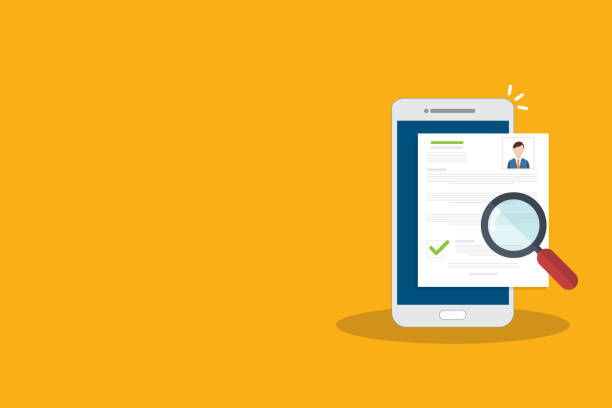
The appearance of your website is the first thing visitors encounter, and its impact on personal website design is undeniable.
An attractive and modern visual design not only makes your website look professional but also significantly contributes to creating a positive User Experience (UX).
Responsive design, which ensures your website displays correctly on all devices, from desktops to mobiles and tablets, is no longer a luxury feature but a necessity.
Web design involves the correct selection of colors, fonts, images, and graphic elements, all of which must align with your personal or professional brand.
A website with simple and clear navigation, fast loading speed, and logical layout allows visitors to easily find the information they need.
These aspects explanatorily influence the overall quality of your website.
On the other hand, User Interface (UI) refers to the visual elements with which the user interacts (such as buttons, forms, menus) and should be designed to be highly user-friendly and intuitive.
Remember that the main goal of good design is to increase user engagement with content and achieve your objectives, whether that goal is increasing followers, selling products, or attracting customers.
Your personal website design should engage the visitor and convey a positive feeling.
These are specialized and crucial dimensions that ensure the long-term success of your online presence.
Investing in UX/UI design is never wasted and yields high returns for individual websites.
Tired of losing business opportunities due to not having a professional corporate website? Worry no more! With Rasawweb’s corporate website design services:
✅ Your brand’s credibility and professionalism will increase.
✅ You will attract more customers and sales leads.
⚡ Get a free consultation now to start!
Creating Engaging Content and SEO-Driven Content Strategy
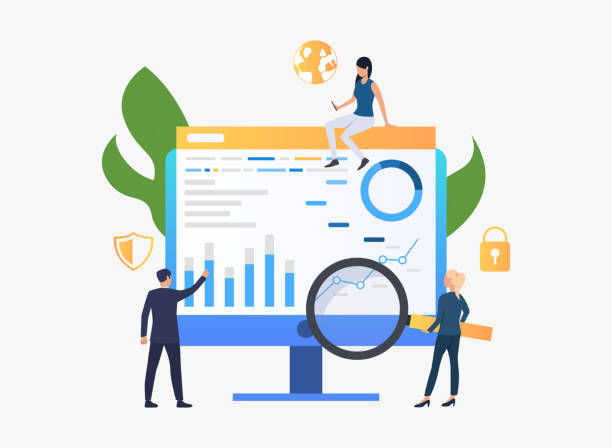
Once your website’s technical infrastructure and visual design are ready, it’s time for its beating heart: content.
Content is king; this statement rings truer than ever in the world of the web.
Producing valuable, relevant, and engaging content not only attracts audiences to your website but also keeps them there longer and helps increase your credibility.
Your content should be unique and answer the questions and needs of your audience.
For a personal website design, this could include specialized blog articles, portfolios, videos, podcasts, or even your personal stories.
However, merely producing content is not enough; your content must also be SEO-driven.
This means you need to identify keywords related to your field and naturally incorporate them into your content.
Using attractive titles, subheadings, optimized images, and appropriate internal and external links all contribute to improving your SEO ranking.
Educational content can serve as a valuable resource for your audience and increase organic traffic.
Remember that regularly updating content keeps your website dynamic and shows that you are active.
A content calendar can help you plan and maintain order in content production.
This is an educational and guidance aspect that should be continuously pursued.
Creating a personal portal with rich content optimized for search engines is a big step towards gaining visibility online.
Search Engine Optimization (SEO) and Increasing Traffic
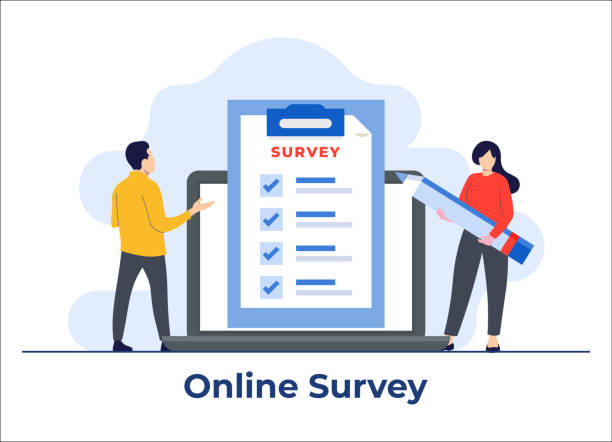
You have a beautiful personal website with great content, but how do you ensure people find it? The answer lies in Search Engine Optimization (SEO).
SEO is the process that helps your website rank higher in Google and other search engine results.
It consists of two main parts: On-page SEO and Off-page SEO.
On-page SEO refers to all actions you can take within your website, such as proper use of keywords in titles and text, image optimization (using alt tags), creating appropriate internal links, improving page loading speed, and friendly URL structures.
These actions help search engines better understand your content.
The specialized part of Off-page SEO includes actions outside your website, such as building backlinks (links from other reputable websites to yours) and active presence on social media.
Google’s Search Engine Optimization Starter Guide is a very valuable resource.
Competitor analysis and keyword research are also vital parts of an SEO strategy that help you identify new opportunities and tailor your content to the actual needs of searchers.
Using tools like Google Analytics and Google Search Console to monitor website performance and identify strengths and weaknesses is essential.
This is an educational and analytical section that helps you continuously increase your website’s organic traffic and turn your personal website design into a powerful marketing tool.
Success in SEO is an ongoing process and requires patience and persistence, but its results are worth it for any personal online platform.
Security and Regular Maintenance of a Personal Website
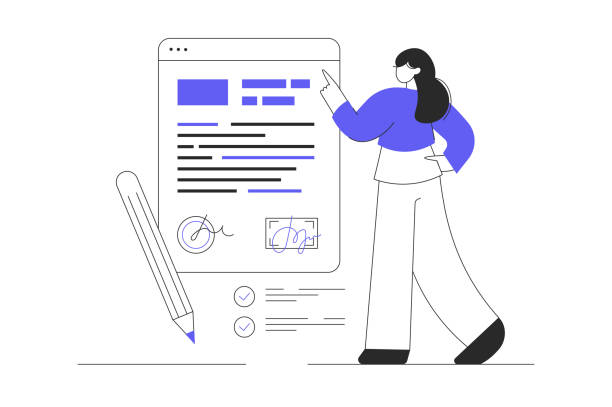
Once you have launched your personal website, your work doesn’t end; it only just begins.
Security and regular maintenance are two main pillars for the long-term stability and success of your website.
Protecting your data and that of your visitors from cyberattacks, viruses, and unauthorized access is of utmost importance.
Using an SSL certificate (HTTPS), choosing strong passwords, regularly updating plugins, themes, and the CMS core (like WordPress), and installing Web Application Firewalls (WAF) are among the essential security measures.
Regular backups of all your website data are an absolute necessity.
In case of any problem, data loss, or cyberattack, a recent backup can restore your website to its original state in the shortest possible time.
This specialized and explanatory aspect is very important.
In addition to security, regular website maintenance includes checking for broken links, optimizing the database, clearing cache, and monitoring overall website performance.
These actions help maintain your website’s speed and efficiency and improve the user experience.
Below is a checklist of important maintenance and security measures for personal website design.
This is vital guidance that every website owner should pay attention to, to ensure the security and stability of their personal portal.
Learning more about SSL can be very useful.
| Action | Description | Frequency (Suggested) |
|---|---|---|
| Full Backup | Backup of website files and database | Daily/Weekly |
| Software Updates | Update CMS core, themes, and plugins | As soon as released |
| Security Scan | Scan for malware and vulnerabilities | Weekly/Monthly |
| Broken Links Check | Identify and fix broken links | Monthly |
| Database Optimization | Remove unnecessary data and optimize database performance | Quarterly |
| Site Speed Monitoring | Use tools like Google PageSpeed Insights | Monthly |
By following these tips, you can ensure the creation of a secure and efficient personal portal.
Strategies for Promoting and Marketing Your Personal Website
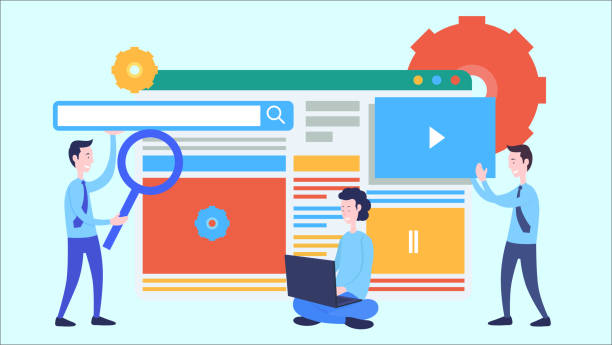
Building and maintaining a personal website is only half the battle; for your website to be truly successful, you need effective marketing and promotion strategies.
The goal is to attract more traffic and increase your visibility online.
One of the most effective ways is to integrate your website with social media.
By sharing your website’s content on platforms like LinkedIn, Instagram, and Twitter, you can drive new audiences to your site.
Additionally, using email marketing to build a newsletter list and send updates, new articles, and special offers to subscribers is a powerful method to maintain communication with your audience and bring them back to your website.
Collaborating with other bloggers or experts in your field, through guest posting or participating in interviews, can help increase your credibility and acquire quality backlinks.
This is a news and guidance section that can help you gain more visibility.
Participating in relevant online forums, Facebook and LinkedIn groups, and answering user questions not only introduces you as an expert but also provides opportunities to promote your personal website.
Remember that website marketing is a continuous process and requires creativity and adaptation to new trends.
Data analysis through tools like Google Analytics helps you optimize your strategies and get the best results from your marketing efforts for personal website design.
Every successful email marketing campaign helps strengthen your position in the industry.
Are you falling behind in competition with large online stores?
Rasawweb, with professional e-commerce website design, brings your business online and increases your market share!
✅ Increased brand credibility and customer trust
✅ Easy shopping experience leads to more sales
⚡ Act now to receive a free website design consultation!
Challenges and Advanced Tips in Personal Website Design
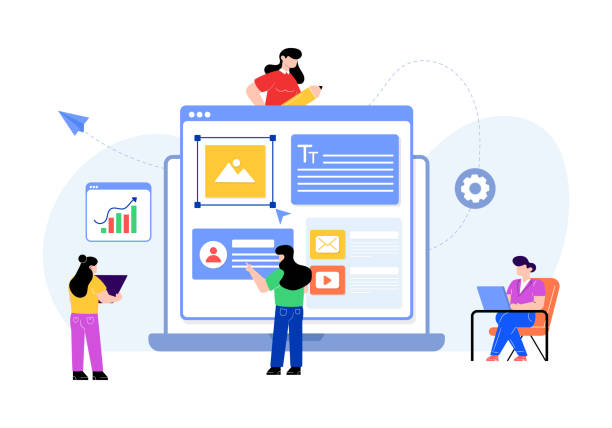
Although personal website design might seem simple at first, you will also face challenges in the long run.
One of the biggest challenges is maintaining a balance between simplicity and functionality.
How can you have a website that is both appealing to the user and fulfills your objectives? This is a thought-provoking content that requires deep consideration.
Another challenge is the increasing competition in the online space.
With millions of personal websites out there, how can you make yours stand out? The answer lies in producing unique content and providing added value.
Also, data privacy issues (GDPR, CCPA) and web accessibility guidelines (WCAG) are advanced considerations that you should pay attention to, ensuring your website is accessible to all users.
To further enhance your website, you might consider implementing more advanced features, such as an advanced commenting system, integration with external APIs for displaying live information, or even adding multilingual capabilities.
These analytical tips help you get the most out of your website.
Using artificial intelligence for personalized user experience or chatbots for automated support are also new trends that can revolutionize your individual website creation.
Finally, continuous feedback from users and analysis of their behavior will guide you in continuously improving and developing your website.
This approach helps you keep your personal online platform always at its peak.
The Future of Personal Websites and Their Sustainability
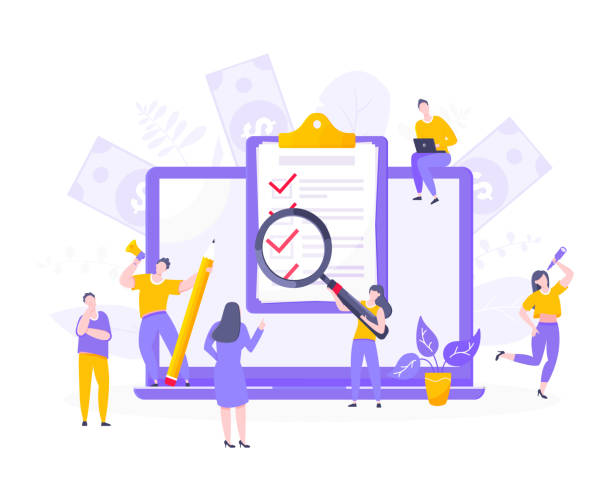
The future of personal website design depends on continuous technological changes and user expectations.
In an era where artificial intelligence and virtual reality are rapidly advancing, personal websites must also align themselves with these developments.
One of the main trends is greater personalization of the user experience; websites will become smarter over time, delivering content based on visitors’ interests and needs.
Integration with new technologies such as Artificial Intelligence (AI) for data analysis and SEO improvement, as well as Metaverse and Augmented Reality (AR) for creating richer and more engaging experiences, will be among future trends.
The sustainability of a personal website also depends on its adaptability and continuous innovation.
You must always be ready to learn new tools and techniques and keep your content updated.
This is a fun and analytical aspect that allows you to employ your creativity.
As a personal website owner, your role in the coming years will not be limited to content creation, but you will become a strategic digital identity manager.
Monitoring the performance, security, and online presence of your website is of paramount importance.
Considering these points, your personal website design will not only be a temporary tool but a long-term and growing asset that helps you shine at every stage of your professional journey.
Continuous optimization and trend tracking ensure the sustainability of your personal online platform.
Frequently Asked Questions
| Question | Answer |
|---|---|
| What is a personal website? | A personal website is an online platform that an individual creates to showcase their information, resume, portfolio, interests, or ideas. This website serves as a digital business card and a place for personal branding. |
| Why do I need a personal website? | Having a personal website helps you establish a professional online presence, showcase your skills and experiences, connect with audiences, find new job opportunities, and enhance your personal credibility. |
| What content should I put on my personal website? | Typical content includes: About Me page (biography, education, experiences), resume, portfolio (projects, articles, designs), blog (posts, insights), and contact information. |
| What are the basic steps to create a personal website? | The steps include: 1. Defining purpose and audience 2. Choosing a domain name 3. Selecting hosting 4. Choosing a platform (e.g., WordPress or coding) 5. Designing and structuring 6. Content creation 7. SEO and optimization 8. Launch and maintenance. |
| Should I use a Website Builder or code myself? | If you don’t have coding knowledge or are looking for a quick solution, website builders (like Wix, Squarespace) or CMSs (like WordPress) are good options. If you want full control and high flexibility and have technical knowledge, coding is the best way. |
| How important is design (appearance) for a personal website? | Website design is very important. A beautiful, user-friendly, and professional design ensures visitors have a good experience, stay longer on the site, and take your personal brand seriously. Poor design can have a negative impact. |
| What is Responsive Design and why is it important? | Responsive design means designing a website whose appearance and functionality automatically adapt to the screen size of the user’s device (desktop, tablet, mobile). This feature is crucial for ensuring a good user experience across all devices. |
| How can I choose a good domain name for my personal website? | The domain name should be relevant to your identity (usually your first and last name), short and memorable, easy to pronounce, and avoid excessive numbers or hyphens. Common extensions like .com or .ir are usually preferred. |
| What is Web Hosting? | Web hosting is space on an internet-connected server that stores your website’s files (like code, images, videos) and makes it accessible to users 24/7. Without hosting, your website will not be accessible. |
| How can I promote my personal website? | You can use social media, search engine optimization (SEO), content marketing (blogging), sharing links in email signatures, and networking with others in your field to promote your website. |
And other services of Rasawweb Advertising Agency in the field of advertising:
Smart Direct Marketing: Designed for businesses seeking online growth through attractive UI design.
Smart Data Analysis: A fast and efficient solution for campaign management focusing on marketing automation.
Smart Data Analysis: Professional optimization for improving SEO ranking using key page optimization.
Smart Sales Automation: Professional optimization for online growth using user experience customization.
Smart Digital Branding: A specialized service for growing customer acquisition based on real data.
And over a hundred other services in the field of internet advertising, advertising consultation, and organizational solutions.
Internet Advertising | Advertising Strategy | Advertorial
? Ready to transform your business in the digital world? Rasawweb Afarin, with expertise in secure website design, professional SEO, and content marketing, paves your path to success and visibility. With us, secure the future of your online business.
📍 Tehran, Mirdamad Street, Next to Central Bank, Kazeroun Jonoubi Alley, Ramin Alley, No. 6

